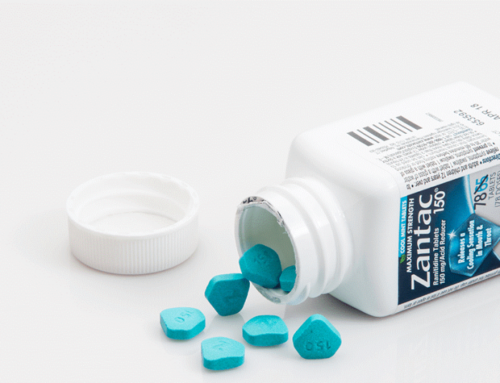You might have heard about “class action” cases through television commercials or other ads. They typically ask if one used a certain product or drug and have suffered an injury. These sorts of advertisements could be calling on a class action or a mass tort, depending on certain things. If you are looking for coverage or payment because of injuries or suffering, it is important to know the difference between class action vs. mass tort cases.
Class actions and mass torts share many similarities. They both include a large group of people or plaintiffs that suffered and have illnesses. The group will claim their injuries resulted from using a specific product or service. Additionally, the group of plaintiffs are accusing similar or the same defendant for claimed harm. Both class action and mass tort cases are identified as one combined lawsuit and work to represent a group. Although very similar, there are differences that make them classified as either a mass tort or a class action. Their main difference between class action vs mass tort is how they are treated. If one is looking for compensation resulting from injury, it is important to know the difference between the two.
Class Action Lawsuits
Class action lawsuits by definition is a procedural case that permits one or more plaintiffs to file and prosecute a lawsuit on behalf of a larger group, or “class”. Because of this, courts can now handle lawsuits that would be unmanageable if each class member were to be treated individually. Class action cases are identified by a large group of people represented by one member. Then, the group of allegedly harmed people is considered one plaintiff and treated as a whole, not individually. The “class representative” is what you call the person representing the group. Examples of famous class action settlements are:
BP Gulf of Mexico Oil Spill, Enron Security Fraud, Volkswagen Emissions Scandal, Fen-Phen diet drugs, and many others.
The procedure of class action cases is also what distinguishes them from a mass tort. With a class action lawsuit, you are usually called upon and must opt into the case by a deadline. If one does not opt into the case represented by that case’s class representative, they will need to find their own law assistance. Then, there must be a motion filed with the courts to represent the group and act as the plaintiff. Furthermore, experience with the said product must be in unison with other members of the class including similar injuries or suffering. Under The Federal Rules of Civil Procedure the conditions for a class action case must include:
- The class is so large that joinder of all members is unworkable;
- There are questions of law or fact common to the class;
- The claims or defenses of the representative parties are typical of the claims or defenses of the class; and
- The representative parties will fairly and adequately protect the interests of the class
Mass Tort Lawsuit
Mass tort lawsuit cases are more complex compared to class actions. Class action lawsuits act as a type of mass tort. By definition, a mass tort is a civil action involving many plaintiffs against one or a few defendants in state or federal court. Mass torts are made from defendants causing many injuries through the same or similar act of harm. Examples are a prescription drug, a medical device, a defective product, a plane crash, pollution, or a construction disaster. What this means, is mass tort cases are usually a smaller group of plaintiffs compared to a class action. They are injured or affected in a similar manner for similar products or services. Mass torts also differ in how they are treated. In mass torts, the plaintiffs are treated individually and not as a whole. Because of this, there must be feasible evidence for each individual person.
Mass torts come from the phrase “mass accidents” and are filed under “multidistrict litigation” (MDL). Furthermore, most mass torts come from mass disasters, mass toxic parts, and product liability tort. Just like a class action, mass torts are used to reduce the number of court cases and combine cases. Examples of mass tort settlements include Transvaginal mesh, Xarelto, Zofran, Syngenta CMO Corn, and IVC filters. Click here for more information about mass torts and how they work.






Leave A Comment